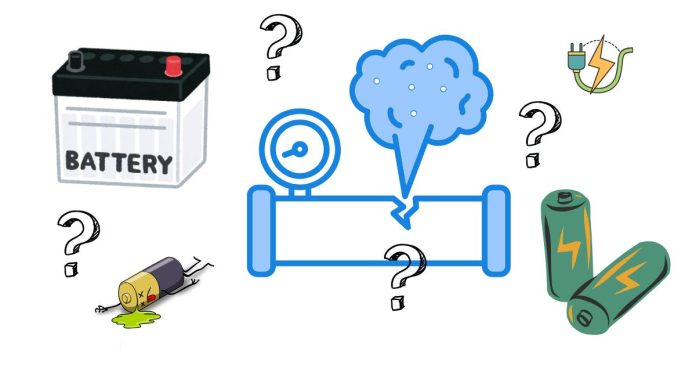Reducing the risk of lead leakage is crucial for safeguarding health and ensuring environmental safety. Lead leakage can occur through contaminated water pipes, lead-based paints, batteries, industrial processes, or improperly disposed waste. Here are actionable steps to mitigate the risk of lead contamination and leakage:
1. Address Plumbing Concerns
- Replace Lead Pipes and Fittings: Homes built before the 1980s may have lead pipes or solder in their plumbing systems. Replace these with lead-free materials like copper, PVC, or PEX.
- Use Certified Water Filters: Install water filters certified to remove lead (look for NSF/ANSI Standard 53) for drinking and cooking water.
- Flush Your Taps: Run water for 30 seconds to 2 minutes, especially if it has been stagnant in the pipes for a long time, to minimize lead content.
- Test Your Water: Regularly test your tap water for lead. Many municipalities provide free or low-cost testing services.
2. Manage Lead-Based Paint
- Inspect and Maintain Surfaces: Homes built before 1978 may have lead-based paint. Inspect painted surfaces for peeling, chipping, or cracking and promptly repair them.
- Hire Certified Professionals: Use certified lead abatement contractors to remove or seal lead-based paint safely.
- Use Safe Cleaning Practices: Regularly clean floors, windowsills, and other surfaces with a wet mop or cloth to reduce lead dust.
3. Ensure Safe Disposal Practices
- Recycle Lead Batteries: Dispose of old lead-acid batteries at certified recycling facilities to prevent lead leakage into the environment.
- Dispose of Electronics Properly: Old electronics and appliances may contain lead. Use e-waste recycling programs to ensure proper disposal.
4. Workplace and Industrial Safety
- Follow Regulations: Ensure compliance with local and international lead safety regulations in workplaces and industries handling lead.
- Provide Protective Gear: Workers should wear appropriate protective equipment, such as gloves and masks, to prevent exposure to lead.
- Implement Proper Ventilation: Use ventilation systems to reduce airborne lead in industrial settings.
5. Regular Testing and Monitoring
- Test Your Soil: Test soil in areas around older homes, industrial sites, or near roads where lead contamination from gasoline or paint may have occurred.
- Check for Lead in Products: Avoid using toys, cosmetics, and cookware that may contain lead, especially imported or antique items. Look for certifications like “lead-free” or compliance with safety standards.
6. Educate and Raise Awareness
- Inform the Community: Raise awareness about the risks of lead exposure and leakage through local programs or social campaigns.
- Label Hazardous Materials: Clearly label lead-containing materials in homes and workplaces to alert users about their risks.
7. Adopt Preventive Maintenance
- Seal Surfaces: Encapsulate lead-based paint with a sealant to prevent dust or flakes from escaping.
- Repair Old Infrastructure: Advocate for or participate in programs aimed at replacing aging public water systems and infrastructure that may contain lead.
8. Advocate for Policy Changes
- Support Lead-Free Initiatives: Advocate for stricter regulations on the use of lead in industrial applications, consumer goods, and infrastructure.
- Participate in Monitoring Programs: Encourage government and environmental agencies to conduct regular monitoring of water, soil, and air for lead contamination.
9. Protect Children
- Avoid Lead-Contaminated Toys and Objects: Ensure children’s toys, jewelry, and household items are certified lead-free.
- Practice Good Hygiene: Encourage children to wash their hands regularly, especially before eating, to minimize the ingestion of lead from contaminated surfaces.
10. Stay Informed
- Stay Updated on Recalls: Regularly check for product recalls related to lead contamination through government or consumer safety websites.
- Learn About Local Risks: Understand the specific risks of lead exposure in your area, such as older infrastructure, nearby industries, or contaminated sites.
Conclusion
Reducing the risk of lead leakage involves proactive measures like replacing old infrastructure, practicing safe disposal, raising awareness, and adhering to strict safety standards. By addressing these potential sources of lead contamination, you can protect both human health and the environment from the harmful effects of lead.


